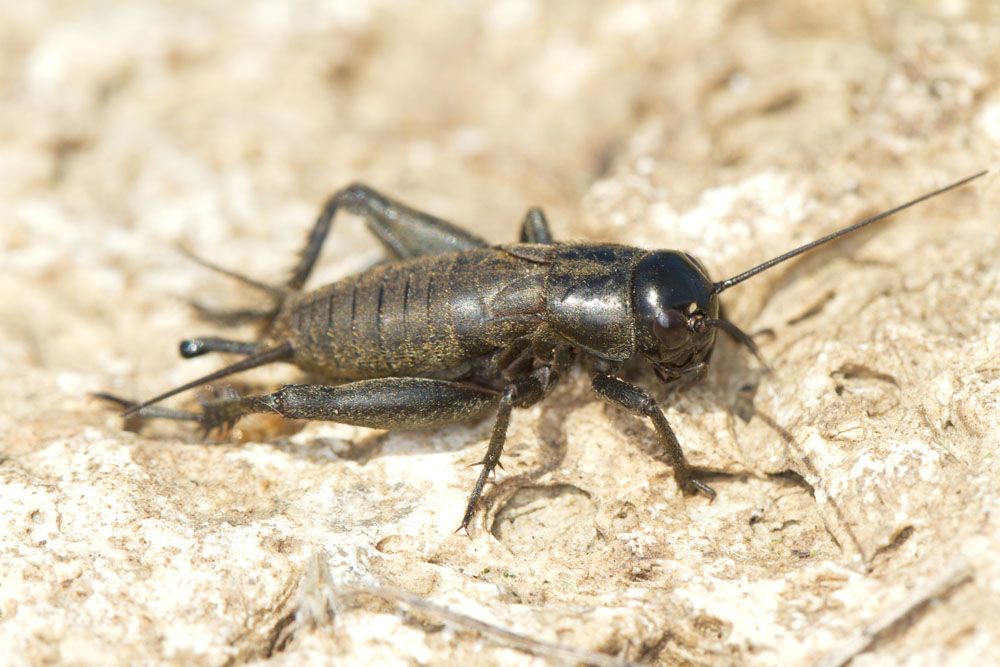
Field Crickets – Gryllus spp.
Field Crickets – Gryllus spp.
Common Name: Field Crickets
Latin Name: Gryllus spp.
Appearance:
As adults, field crickets are black or dark brown insects about 1 inch long. They have powerful rear legs for jumping, and most have well-developed wings. Nymphs are similar but smaller and without wings. Their antennas are both long and thin.
Host plant:
Field crickets will generally eat anything. They now and again damage farmed crops such as alfalfa, cotton, and strawberries. When they are in large numbers, they can also harm crops and ornamentals.
Territory:
Field Crickets are common throughout the United States, Mexico, and Canada.
Damages caused by Field Crickets:
Field crickets are omnivorous, meaning they eat both plants and animals. Plant roots, stems, leaves, flowers, fruits, and seeds may be consumed, although the flower, fruit, and developing seeds are favored. Grains are no longer appropriate once they have matured. They also devour practically any dead bug they come across, are often cannibalistic, and nibble on animal and plant materials such as fur, wool, linen, and cotton. They are only regarded as dangerous plant pests when they are extremely plentiful. Because it is not highly gregarious, spring field cricket is doubtful as a plant pest.
Life history and Habits:
The eggs are usually laid in the soil. The newly born nymphs burrow to the surface. They will molt 8 to 10 times throughout 2 to 3 months before becoming adults. One species overwinters as nymphs, and the adults emerge in the spring and early summer. Others overwinter as eggs and adults during the summer and fall. Field crickets can be found in huge numbers throughout August and September in some years. These outbreaks occur following periods of extended dry weather in the spring and early summer, followed by rains in July and August. Extensive soil cracking might be a contributing issue. Good egg depositing locations, abundant appropriate food, greenery for shelter, and a shortage of parasites and predators are all factors.
